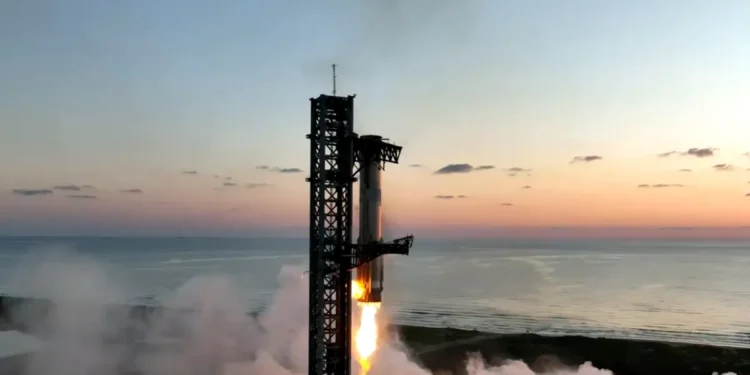SpaceX, under the leadership of CEO Elon Musk, has once again captured the attention of the space exploration world with its latest groundbreaking achievement. This past Sunday marked a significant milestone as SpaceX successfully completed the first-ever catch of its Super Heavy booster, part of the ambitious Starship project, directly onto its launch tower—a structure whimsically named Mechazilla. This accomplishment not only demonstrates the company’s innovative approach to rocket recovery but also propels them a step closer to their ultimate goal: Mars.
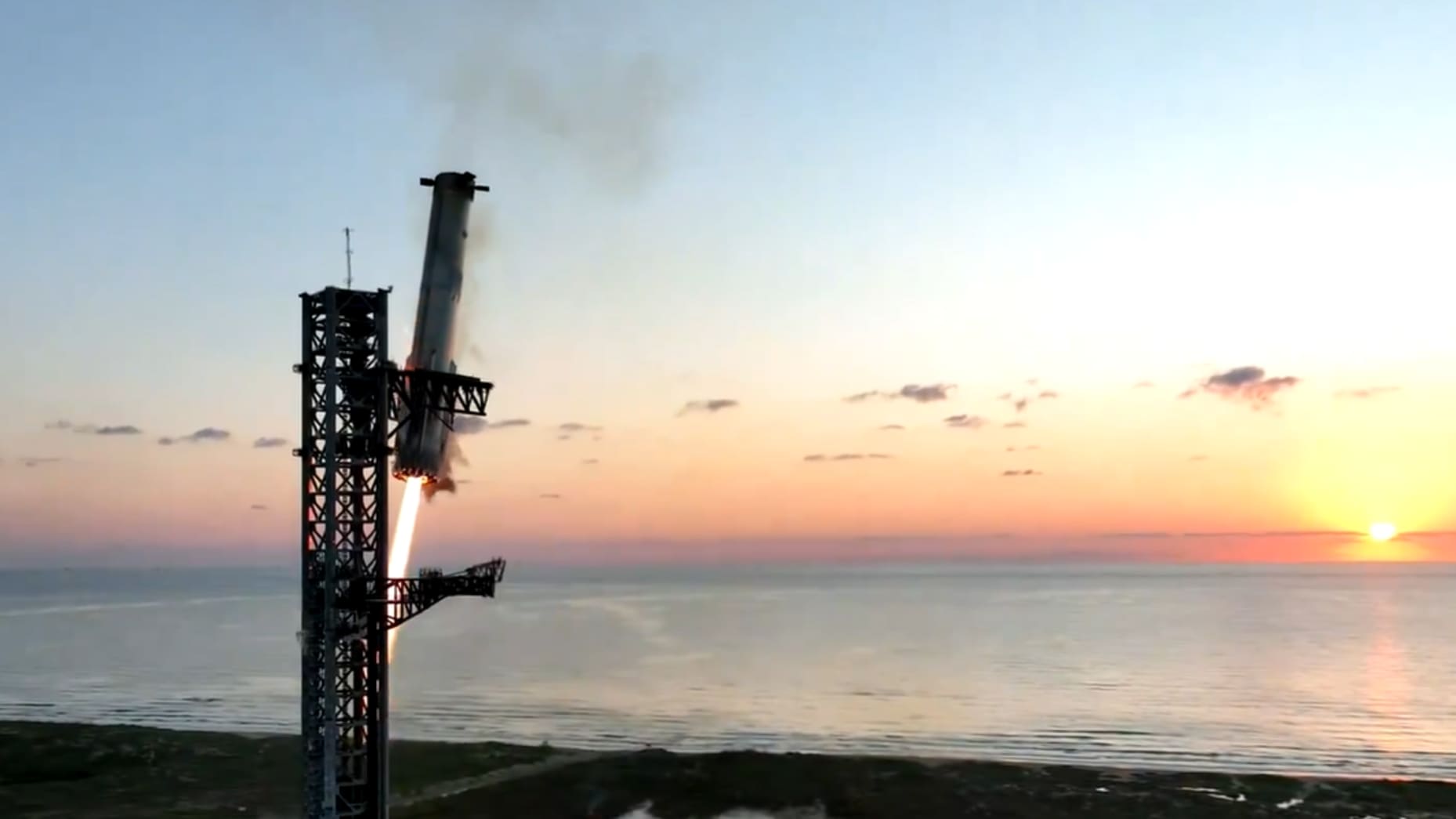
The Mechanics of Mechazilla: A Leap Towards Reusability
Historically, the previous four Starship test launches did not include attempts to catch the first-stage booster. The recent success in catching the Super Heavy booster on the first try not only breaks new ground but also enhances the sustainability of space travel. By retrieving and reusing the boosters, SpaceX aims to significantly reduce the cost and increase the frequency of future space missions. Elon Musk expressed his enthusiasm for the achievement, noting the smooth execution and the promising implications for future launches.
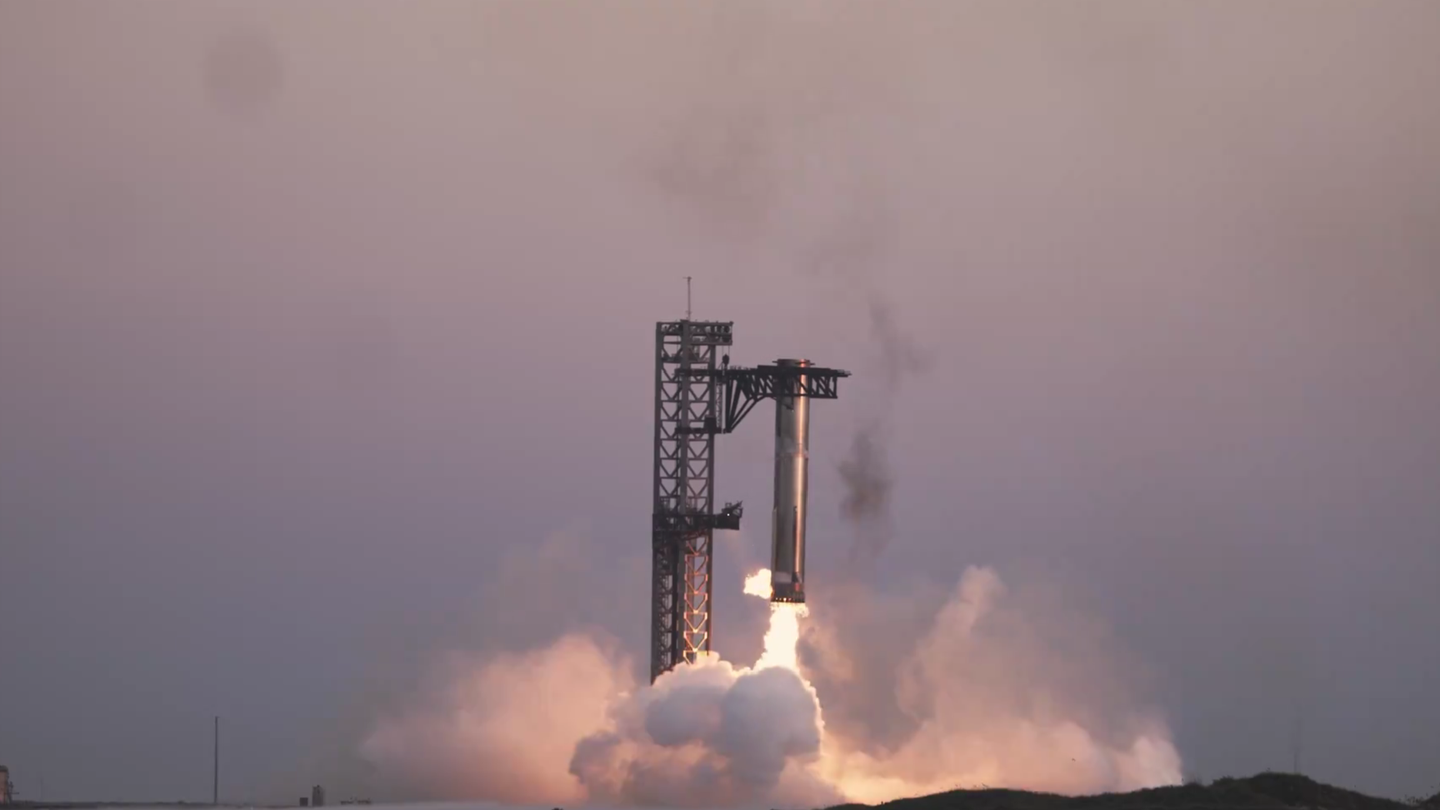
The Future of Starship: Aiming for the Stars… and Mars
Looking forward, SpaceX has ambitious plans to extend its innovative catch technique. Musk revealed aspirations to attempt a simultaneous catch of both the booster and the upper stage of Starship next year. Achieving this would mark another unprecedented milestone, pushing the boundaries of current aerospace technology. This ambitious step is part of a broader strategy to make space travel more sustainable and efficient, ultimately facilitating the planned crewed missions to Mars scheduled for 2026.
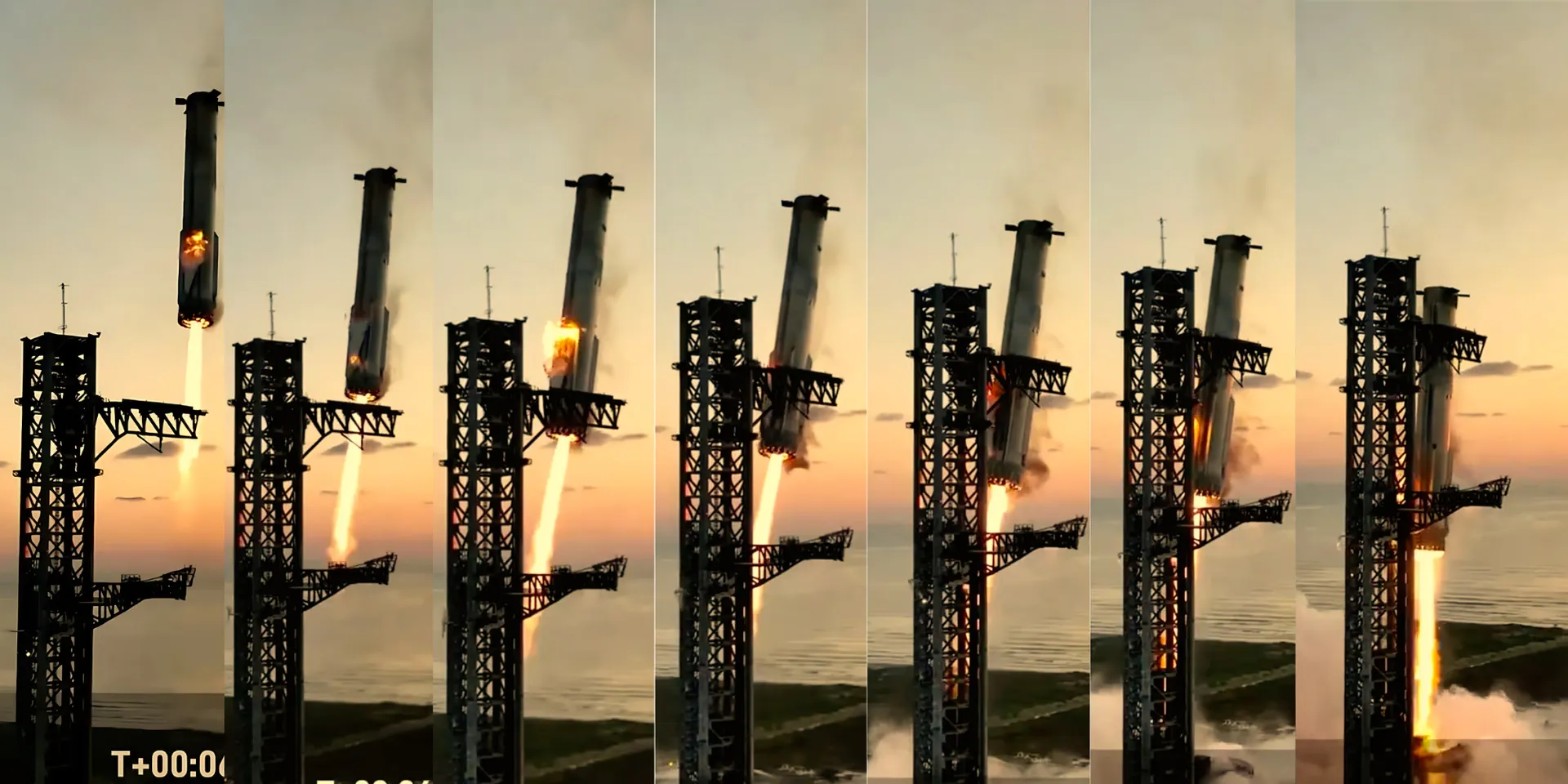
Recent Successes and Upcoming Milestones
The recent tests, identified as IFT-4 and IFT-5, were deemed complete successes by SpaceX, achieving all intended objectives without significant issues. These tests culminated in the flawless splashdown of Starship’s upper stage in the Indian Ocean, demonstrating the robustness and reliability of the spacecraft’s design. Now, with the successful static fire test of the Flight 6 Starship on September 19, SpaceX is diligently preparing for the next series of tests, further advancing its capabilities and inching closer to the red planet.
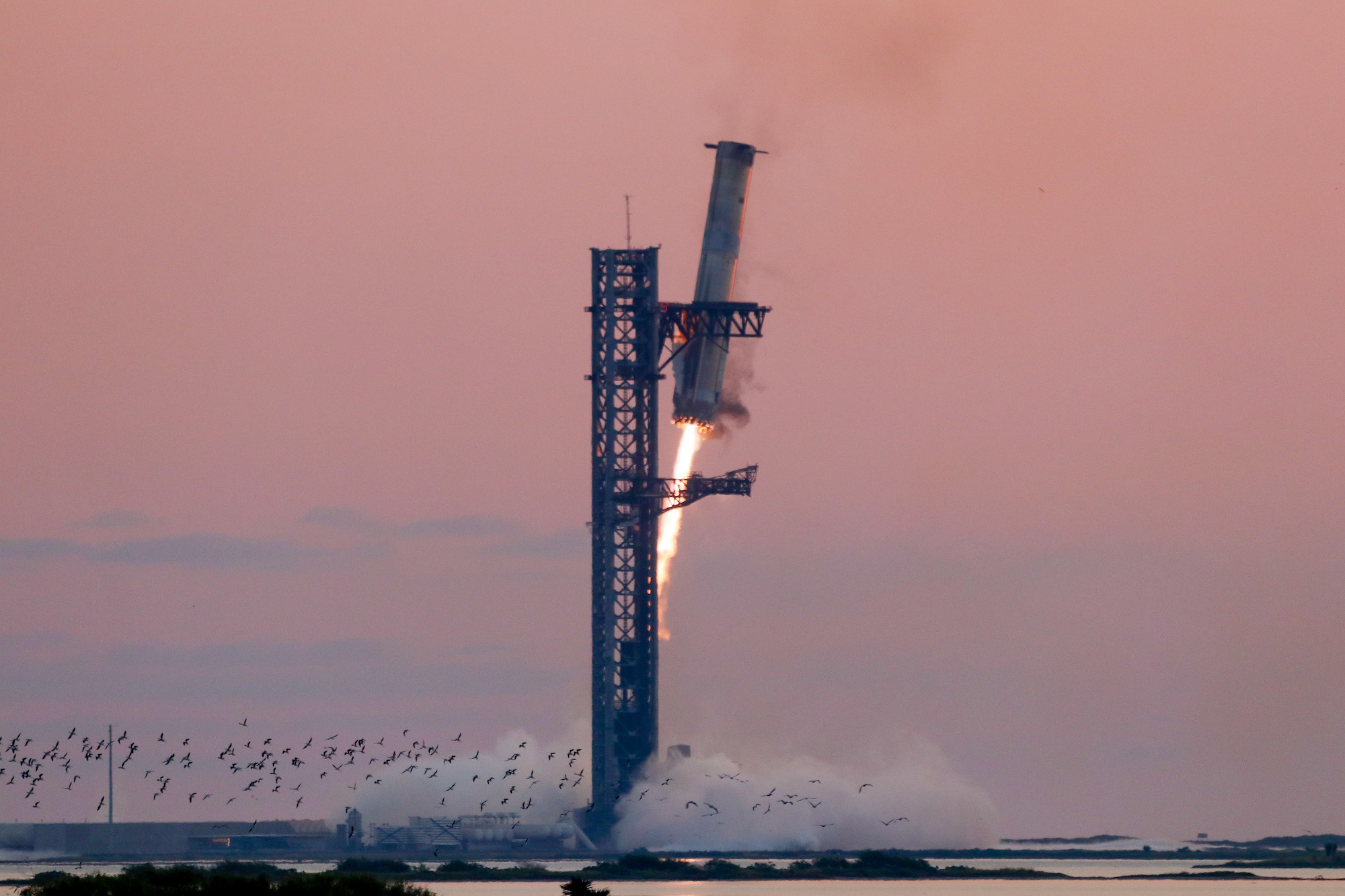
SpaceX’s innovative developments in space technology continue to inspire awe and anticipation. With each successful test and new endeavour, the prospect of making life multi-planetary becomes increasingly tangible. As we watch these developments unfold, the world eagerly awaits the next chapters in this thrilling journey through the cosmos. For more insights and updates, you can reach out via email or follow the ongoing discussions on social media.

